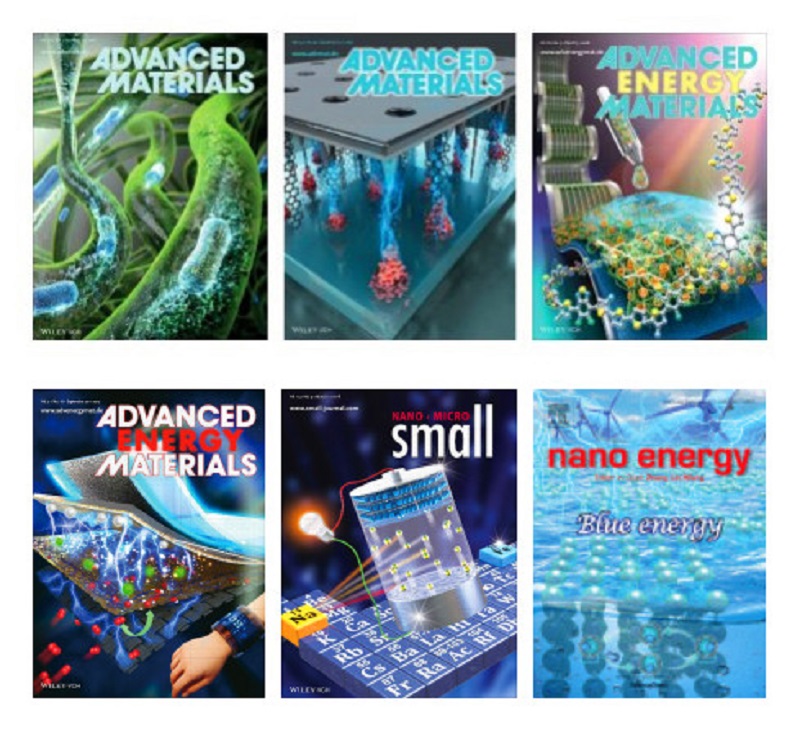With the development of wearable electronic devices, people's demand for flexible energy storage devices is more urgent, but flexible lithium-ion batteries and super capacitors have always had problems such as insufficient energy density, which restricts their development and application. It would make life much more convenient if we could create bendable batteries, easy-to-carry within our accessories, or even into fabrics or fibres.
In recent years, Prof. Hu Wenbin, of TJU’s School of Materials Science and Engineering, has conducted a series of studies on the controlled preparation and application of high-performance electrode materials. The performance of zinc-air batteries, such as the actual energy density and the number of charge and discharge cycles, is severely constrained by the oxygen reduction and oxygen evolution of the air electrode. In this case, the team attempted to improve the cathodic reaction kinetics of the battery. Prof. Zhong Cheng, the backbone of the team, published 15 high-level papers in Advanced Materials, Advanced Energy Materials and other academic journals in 2017. Two of them were published as cover papers in two top academic journals, Advanced Materials and Advanced Energy Materials.

Prof. Cheng published papers in high-level academic journals
A layer of cobalt hydroxide was laid in-situ on the carbon fiber surface of the carbon cloth using rapid electrodeposition. Combined with the subsequent heat treatment process, an integrated air electrode with a combination of ultra-thin mesoporous cobaltosic oxide and carbon cloth with high oxygen reduction and oxygen evolution capability was obtained, which is an atomic-scale mesoporous tetroxide supported on a nitrogen-doped graphene composite. In order to further optimize Co3O4 surface atomic arrangement and catalytic sites, Co3O4 nanocubes, truncated octahedrons, polyhedrons and other composite structures were controllably synthesized in nitrogen-doped grapheme, Co2+ and Co3+ active sites on the Co3O4 surface and their adsorption and desorption behaviors on oxygen species were optimized, and the electrocatalytic oxygen-reduced oxygen evolution ability of these materials in alkaline solution and the electrical performance of zinc-air batteries was significantly improved.

Co3O4/N-rGO Flexible Zinc-Air Battery Manufacturing Process Diagram
The flexible device made of an integrated air electrode adopting high-efficiency oxygen reduction and oxygen precipitation catalytic performance has superior overall performance. The flexible wire zinc-air battery with Co3O4/N-rGO as catalyst, which has a mass energy density of up to 649 Wh/kg and an ultra-high volumetric energy density of 36.1 mWh/cm3, shows excellent charge and discharge performance, with the discharge voltage being 1.2 V and charge voltage 2 V at a current density of 3 mA/cm3. Flexible zinc-air battery packs connected in series and in parallel can drive electronic devices and even charge iPhones. The zinc-air battery prepared with Co3O4 nanosheets has excellent overall performance and has many good application prospects in terms of LEDs, pedometers and other wearable technology.

(a) LED (b) thermometer (c) pedometer powered by zinc-air battery
By: School of Materials Science and Engineering
Editors: Qin Mian and Keith Harrington






